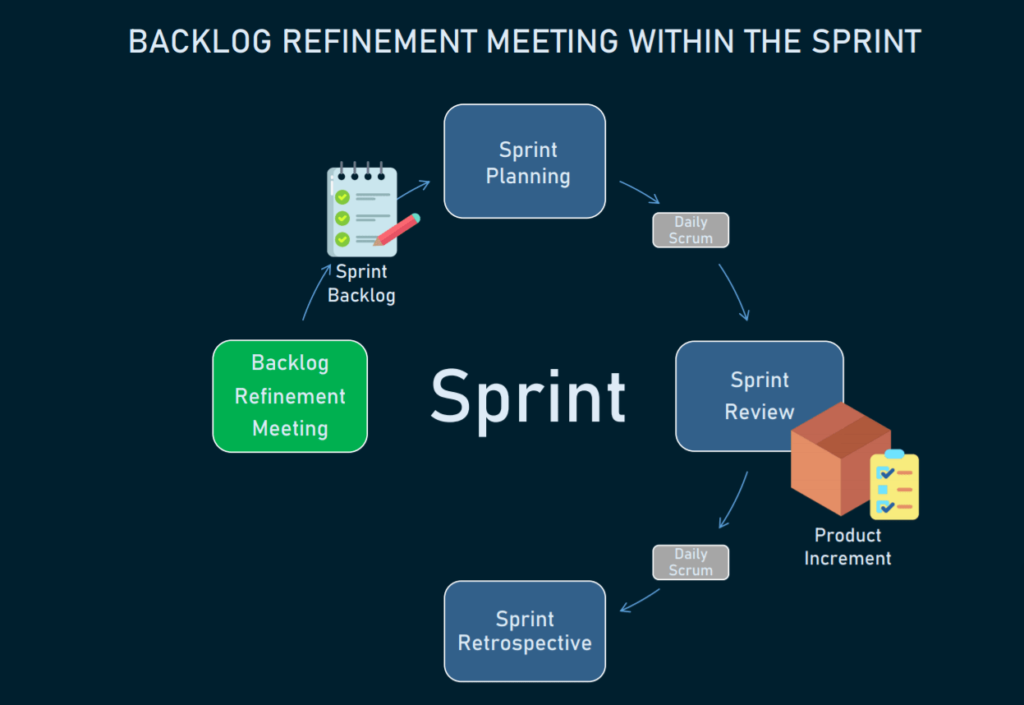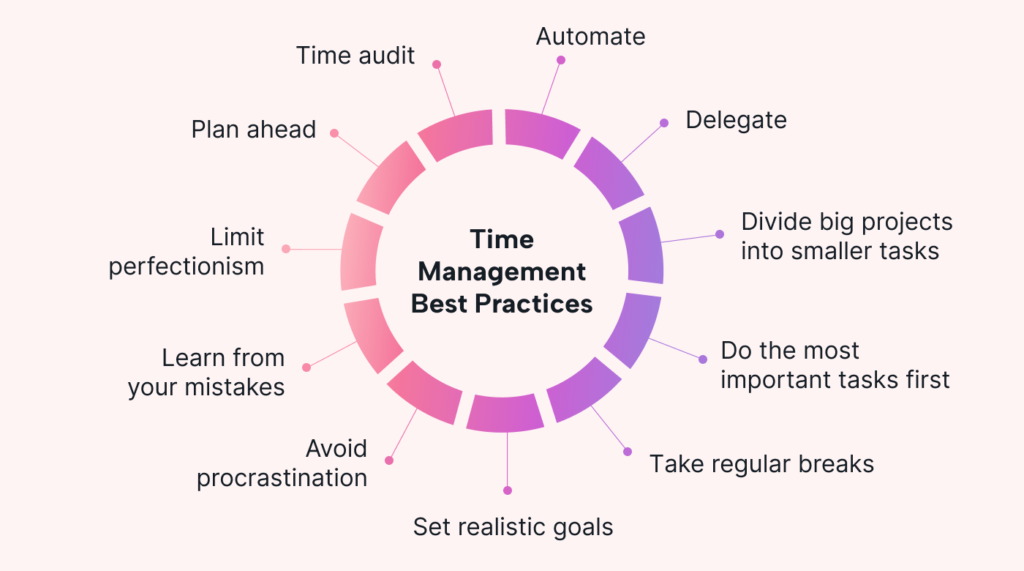The first day of each sprint starts with a crucial event called Sprint Planning. It consists of three topics: Why (Sprint Goal), What (Product Backlog Items), and How (actionable plan). Learn how to run an effective planning session that sets your team up for success throughout the sprint.
Preparing a refined Product Backlog as Input

Product Backlog items are considered ready for selection when they can be completed within a single Sprint. This level of clarity is achieved through refinement activities.
These refinement activities involve breaking down and defining goals into smaller, more specific tasks. It is an ongoing process that adds details like descriptions, prioritisation, criteria for acceptance, and task size. These attributes can vary depending on the project specifications.
This standard ensures that the Scrum Team easily understands what needs to be done during the upcoming sprint. To achieve this, all team members must be involved in refining product backlog items through regular grooming sessions.
In cases where multiple Scrum Teams collaborate on the same product, a single Product Backlog is used to outline the upcoming work for the entire product.
Clarifying the Sprint Goal, Product Backlog Items and the Plan.
Sprint Goal

Establish a shared understanding of the Sprint Goal to align everyone’s efforts towards achieving it. Discuss why this goal is important and how it contributes to overall project objectives.
Product Backlog Items

The team needs to identify which Product Backlog items will be included in the Sprint. This identification must be done by considering the scope, priority, and effort required for each item. Ensure there is agreement from both developers and stakeholders before moving forward.
Potential Plan
Create an actionable plan by breaking down tasks into smaller sub-tasks or user stories with specific time estimates assigned by those who will perform them. This ensures transparency regarding workload distribution within your team.
Tips for efficient time management in shorter sprints

Prioritise effectively:
Focus on high-priority items first and ensure the team is aligned with these priorities.
Limit work in progress:
Encourage team members to complete one task before starting another. This reduces context-switching and increases productivity.
Use time-boxed sessions:
Allocate specific time for each topic during Sprint Planning to avoid lengthy discussions or debates. Schedule follow-up meetings to address unresolved issues outside of planning sessions if necessary.
Incorporating these best practices into your Sprint Planning event will help set your Scrum Team up for success. Success is ensured by the Scrub Team having a clear understanding of their goals, tasks, and responsibilities throughout the Sprint.
Just don’t forget to have fun while doing it. Teamwork can build camaraderie, but without fun, team spirit will disintegrate.
Conclusion:
By the end of sprint planning, the team selects how much work they can do in the coming sprint. The product owner does not get to say, “We have four sprints left so you need to do one-fourth of everything I need.” It’s up to the team to determine how much they can do in the sprint.
To Register for Scrum Master Courses for PSM and PSPO in Target Agility









